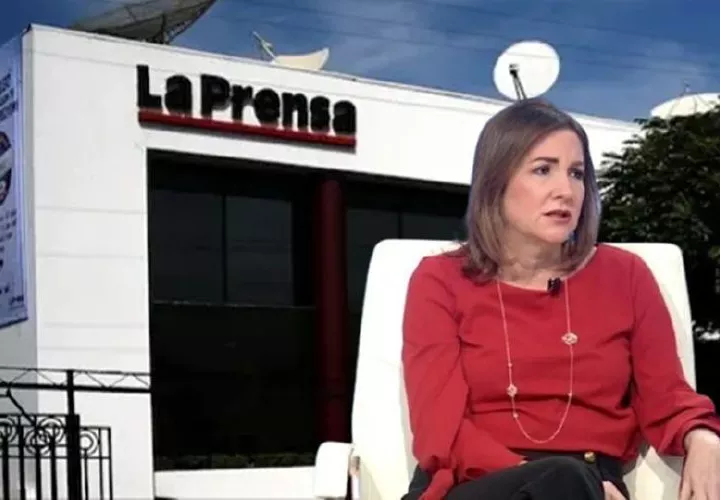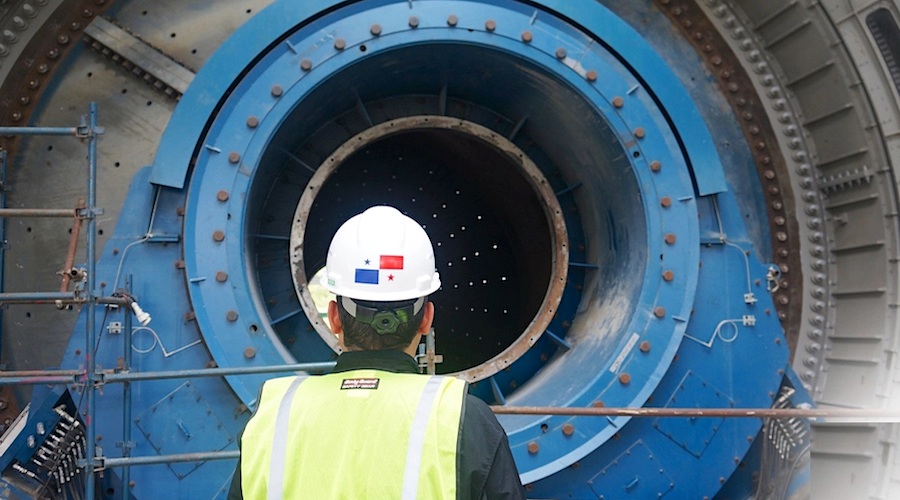How the New Railway from PC to Paso Canoas will Transform Costa Rica as well as Panama
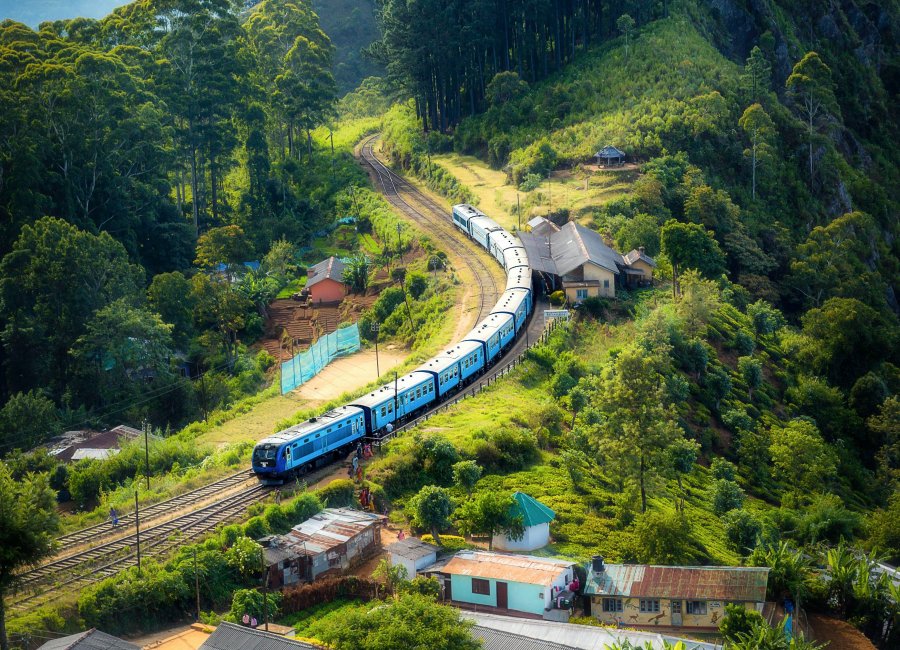
In the face of Panamanian progress, Costa Rica does not want to be left behind. The Costa Rican Railway Institute (Incofer) confirmed that it is analyzing a possible rail connection from San José to Paso Canoas, with support from private initiatives. “We are evaluating connecting points to the Panamanian train, and even going further: linking the border with Panama with the northern border, heading toward Nicaragua,” said Álvaro Bermúdez, CEO of Incofer.
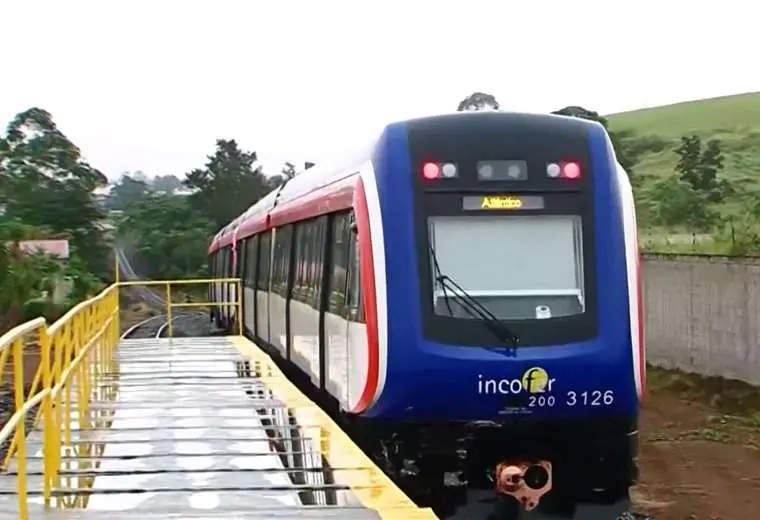
Panama’s government announced fresh details about its Panama-David-Frontera fast train, a transformative project that will connect Panama City to Paso Canoas on the Costa Rican border. This railway promises to reshape travel, trade, and tourism for not only Panama but Costa Rica’s southern region and even beyond. Spanning 475 kilometers with 14 stations—Albrook, Ciudad de la Salud, Panama Pacifico, La Chorrera, Chame/Coronado, Río Hato, Penonomé, Divisa, Santiago, Soná, San Félix, David, Bugaba, and Paso Canoas-Frontera—the train will carry passengers at speeds up to 180 km/h and freight at 100 km/h.
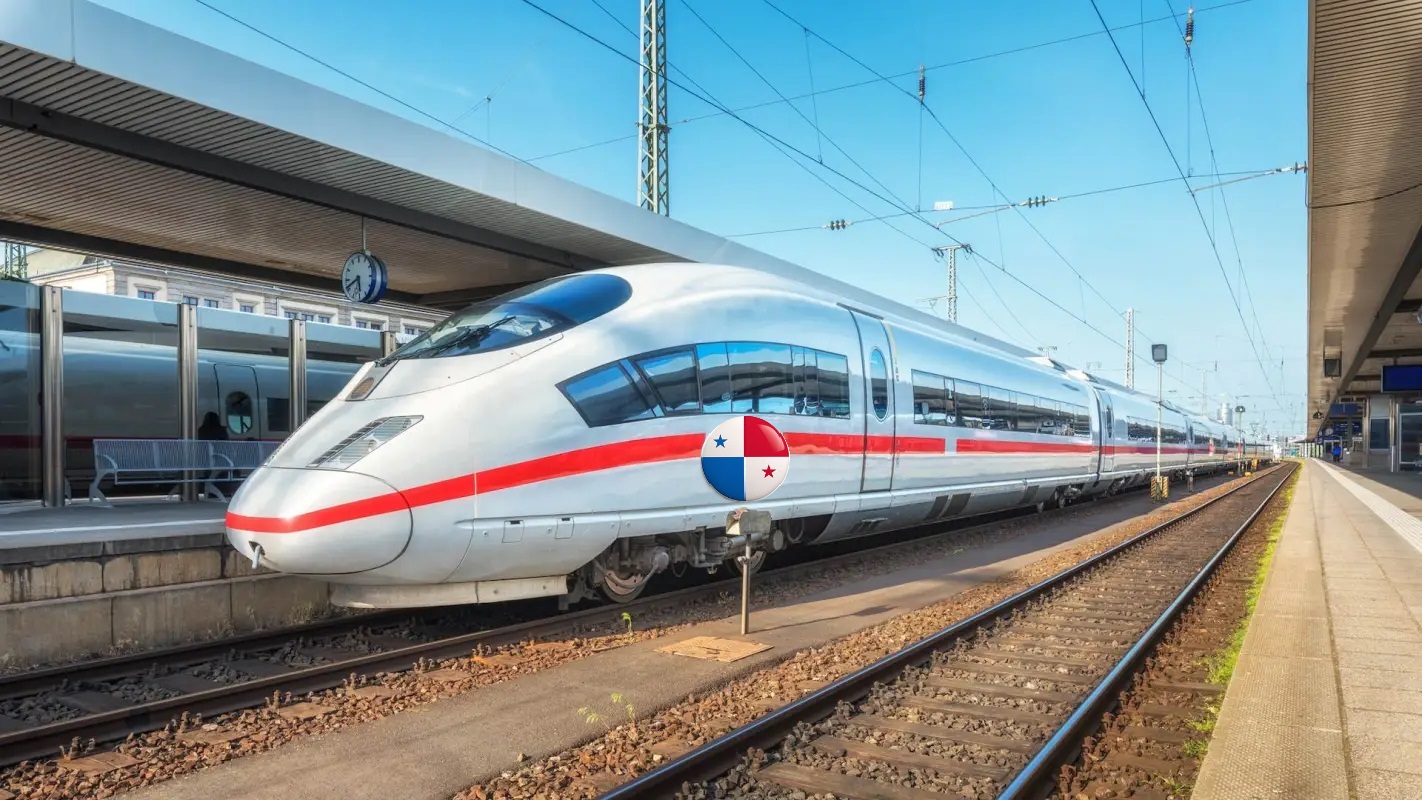
The three-hour trip from Panama City to Paso Canoas will cut the current 12-hour drive from San José to Panama City dramatically. National Railway Secretary Henry Faarup said stations are designed to link with buses, airports, and ports, streamlining logistics. In David there could be a good bus link to Boquete. “This will change how people and goods move, connecting Panama to Costa Rica and eventually Central America,” he said. Talks with Costa Rica are advancing to integrate trade, especially for exports via Panama’s ports. For Costa Rica, the train could spark economic growth in Golfito, Ciudad Neily, and Puntarenas province by boosting tourism and commerce.

The $4.1-$5 billion project, with funding still being finalized, will start construction in January 2026 on the 210-kilometer Panama Pacifico-Divisa stretch. U.S. firm AECOM is wrapping up technical studies by September 2025. President José Raúl Mulino called it his flagship project, aiming to make Panama a land transport hub. Environmental and community impacts are still under review, but Panama is prioritizing sustainable practices. The railway could face challenges like complex terrain and land acquisition, but its potential to decentralize Panama’s economy and foster regional growth is clear.




